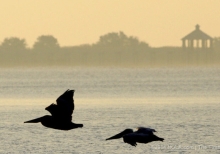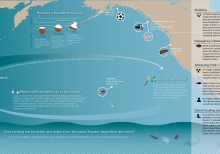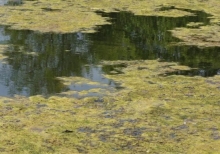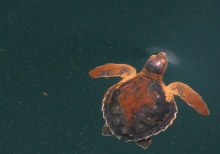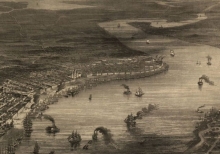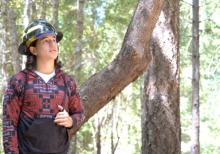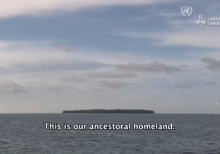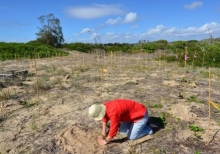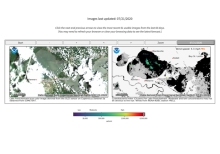Is A Hotel In Fontainebleau State Park Feasible? Study Says Yes. Others Doubt It
St. Tammany Parish's supply of hotel rooms far outstrips the current demand, according to a study paid for by the parish's tourism commission, but even so, consultants say a 150-room hotel and conference center should be developed at Fontainebleau State Park near Mandeville. Not everyone agrees.
